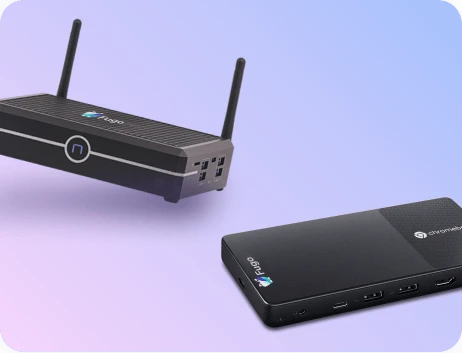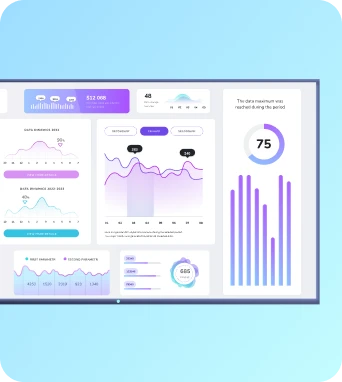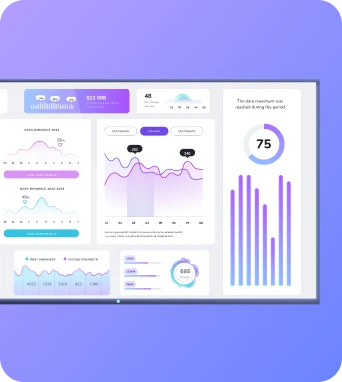Digital Signage Wiki/Bluetooth-enabled audience tracking
3 min read
Apr 24, 2025
Bluetooth-enabled audience tracking
Bluetooth-enabled audience tracking refers to the use of Bluetooth technology to monitor and analyze audience interactions and behaviors in the context of digital signage.
What is Bluetooth-enabled audience tracking?
Bluetooth-enabled audience tracking is a cutting-edge technology used in digital signage to gather data on audience interactions. By leveraging Bluetooth signals, this technology can identify and analyze the presence and behavior of individuals within a certain proximity to digital displays. This information is invaluable for businesses seeking to optimize their advertising strategies and improve customer engagement. Through precise tracking, companies can tailor content to better meet the needs and preferences of their audience, ultimately enhancing the overall effectiveness of their digital signage efforts.
Understanding the Technology Behind Bluetooth-enabled Audience Tracking
Bluetooth-enabled audience tracking operates by utilizing Bluetooth Low Energy (BLE) beacons that emit signals detectable by nearby devices. These beacons are strategically placed around digital signage displays to capture data from smartphones and other Bluetooth-enabled devices carried by individuals. The technology works by identifying the unique identifiers of these devices, allowing for the collection of anonymized data regarding audience presence and movement patterns. This data is then processed to provide insights into audience demographics, dwell time, and engagement levels. The use of BLE technology ensures minimal battery consumption on user devices, making it a seamless and non-intrusive method for audience tracking. By analyzing this data, businesses can gain a deeper understanding of audience behavior, enabling them to tailor content more effectively and improve the overall impact of their digital signage.
Implementing Bluetooth-enabled Audience Tracking in Digital Signage
The implementation of Bluetooth-enabled audience tracking in digital signage involves several key steps. Initially, businesses must install BLE beacons in strategic locations around their digital displays. These beacons are configured to emit signals that can be detected by nearby Bluetooth-enabled devices. Once the hardware is in place, software solutions are employed to collect and analyze the data transmitted by these devices. This software is capable of processing large volumes of data in real-time, providing businesses with actionable insights into audience behavior. Practical applications of this technology include targeted advertising, where content is dynamically adjusted based on the demographics and interests of the audience present. Additionally, businesses can use the data to optimize the placement and timing of their digital signage, ensuring maximum visibility and engagement. By implementing Bluetooth-enabled audience tracking, companies can enhance their marketing strategies, improve customer experiences, and ultimately drive better business outcomes.
Final Thoughts on Bluetooth-enabled Audience Tracking
Bluetooth-enabled audience tracking represents a significant advancement in the field of digital signage, offering businesses the ability to gather detailed insights into audience behavior and preferences. By leveraging this technology, companies can create more personalized and engaging content, ultimately enhancing the effectiveness of their advertising efforts. To explore the full potential of Bluetooth-enabled audience tracking and see how it can benefit your business, schedule a demo at https://calendly.com/fugo/fugo-digital-signage-software-demo or visit https://www.fugo.ai/.
Keep the learning going...
Bluetooth beacons
Bluetooth beacons are small wireless devices that transmit signals to nearby Bluetooth-enabled devices, often used in digital signage to deliver location-based content and enhance user engagement.
4 min read
Apr 24, 2025
Bluetooth device pairing
Bluetooth device pairing in digital signage refers to the process of establishing a wireless connection between a digital signage display and a Bluetooth-enabled device, allowing for seamless communication and data exchange.
4 min read
Apr 24, 2025
Bluetooth-enabled displays
Bluetooth-enabled displays are digital screens that utilize Bluetooth technology to wirelessly connect and communicate with other devices, enhancing interactivity and content delivery in digital signage.
4 min read
Apr 24, 2025



